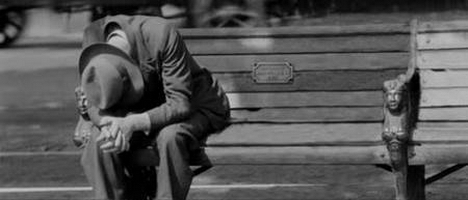I am going to attempt to write an article on the stock market crash of 1929. As a result, most attendees’ eyes glazed over as I dove into market dynamics and current market trends. Another kind of decline in stock prices is a bear market – this occurs when there is a steady decline in the stock prices over a few months – and sometimes even years. The Crash was the greatest single-day loss that Wall Street had ever suffered in continuous trading up to that point. That is when people dream up sterile mergers and acquisitions, investment trusts, junk bonds, stock futures, index arbitrage, anything that can keep apparent wealth swelling though real wealth is stagnant. What they were really concerned about wasn’t how I am managing the coming crash within a particular service, but how they, and others, could avoid a crash like we saw in 2008 when it happens again..png)
While my response to the attendees’ question was a bit long-winded, the gist of it is that if you are concerned about a market crash that meets or exceeds 2008, the VIX is the indicator you want to follow. As with any sort of index, different VIX levels tell us different things about the market – that’s how we are going to determine when to be invested and when not to be. Markets were spooked by the Hatry Case in late September, which caused the British stock market to drop. A select group of journalists from The Wall Street Journal decide which companies are part of the most influential index in the world market.
When we see the big number of shares (big volume) is changing hands during the crash it tell us that the number of panic sellers is dramatically reduced (their demands are satisfied – they sold) which may lead to the shift in the supply/demands balance.
There is no numerically specific definition of a crash but the term commonly applies to steep double-digit percentage losses in a stock market index over a period of several days. October 24 (known as Black Thursday) was the first in a number of increasingly shocking market drops. We are told, over and over, that the free market is a sort of natural wonder that guides the economy without need for government interference. Generally, the economy was booming and it’s reflected in massive new investments in the share market.
Stock market crashes are in fact social phenomena where external economic events combine with crowd behavior and psychology in a positive feedback loop where selling by some market participants drives more market participants to sell. The market recovered quickly after this crash, however, unlike the 1929 crash, which was followed by the Great Depression of the 1930s.

